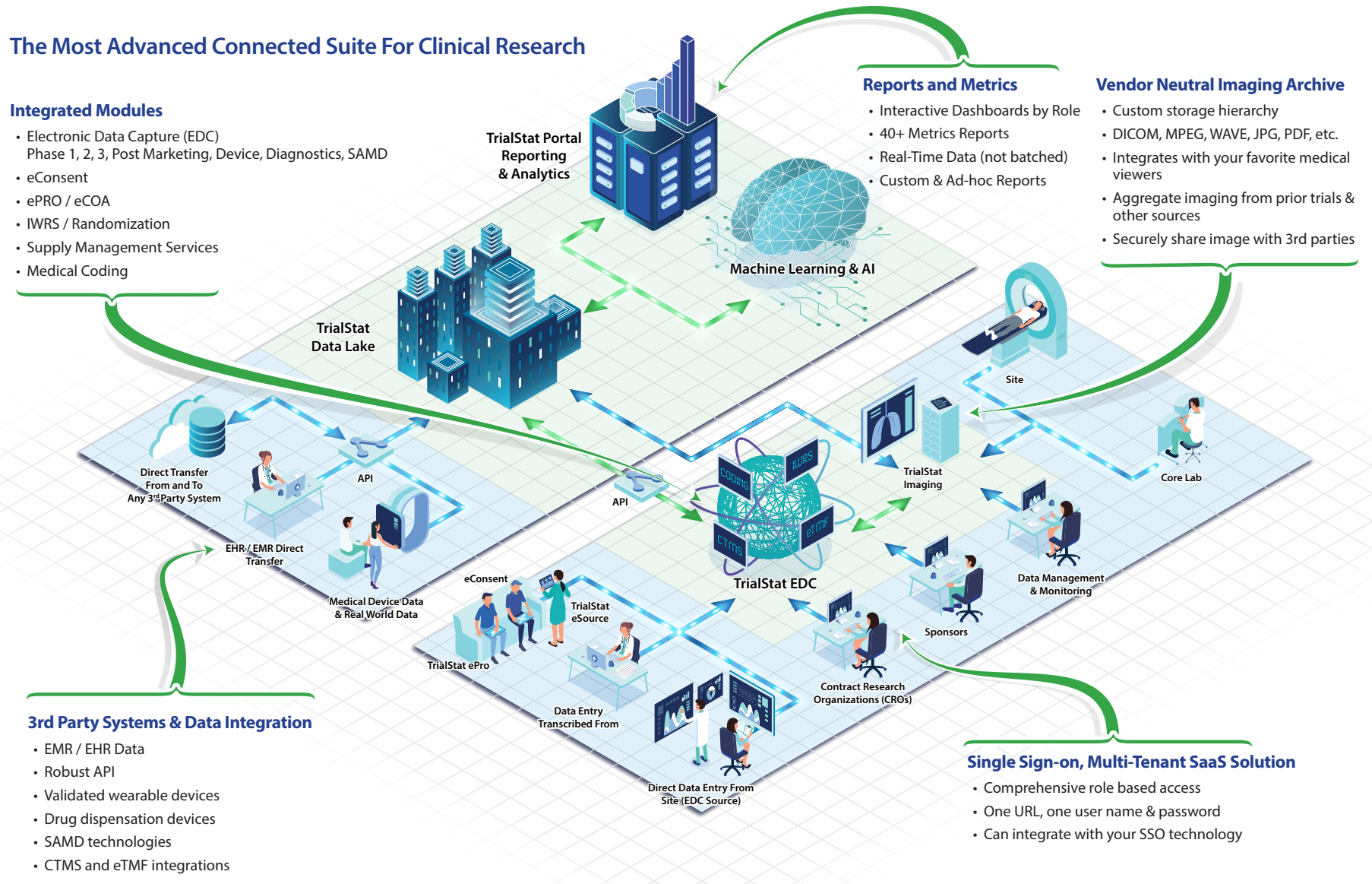SkylineDx Announces Presentation of New Data Highlighting the Predictive Power of the CP-GEP Merlin Test for T1a Cutaneous Melanoma Patients at the 21st International Congress of the Society for Melanoma Research
The Merlin Test (CP-GEP) Accurately Stratifies Cutaneous Melanoma Patients as Low Risk or High Risk for Sentinel Lymph Node Metastases Impacting Clinical Decision Making
- Merlin test (CP-GEP) [1] successfully stratifies T1a melanoma patients considered for sentinel lymph node biopsy (SLNB) by their care providers, reducing SLNB surgeries by 87.6% with a negative predictive value (NPV) of 98.5%.
- Merlin test (CP-GEP) identifies high-risk T1a melanoma patients for SLNB surgery, even those who might be missed due to the absence of conventional adverse features, offering a more precise and individualized approach to managing early-stage melanoma.
Excerpt from the Press Release:
ROTTERDAM, Netherlands and SAN DIEGO, Oct. 11, 2024 /PRNewswire/ — SkylineDx, an innovative diagnostics company specializing in the research and development of molecular diagnostics for oncology, inflammatory, and infectious diseases today announced that new clinical data on the efficacy of its Merlin test will be presented at the 21st International Congress of the Society for Melanoma Research (SMR) Annual Meeting 2024 in New Orleans [2].
The study, which assessed the clinical utility and performance of Merlin test in T1a melanoma patients, showed that it dramatically improves the ability to differentiate between low- and high-risk T1a patients. Merlin test identified 88% of patients as Low Risk, resulting in a post-test SLN positivity rate of only 1.5% among those classified as Merlin Low Risk. Conversely, 12% of patients were classified as High Risk, with a significantly higher SLN positivity rate of 15.8% among those identified as Merlin test High Risk. These findings highlight the test’s potential to reduce unnecessary SLNB surgeries, preventing overtreatment in the vast majority of patients while ensuring high-risk individuals receive appropriate care.
Alexander Meves, M.D., MBA, dermatologist at Mayo Clinic and principal inventor of the CP-GEP model, shared: “The intent is to help prevent undertreatment in seemingly low-risk early-stage melanoma patients who are actually at risk for nodal metastasis. By accurately identifying these at-risk individuals, we ensure that they receive the necessary interventions, even in the absence of traditional clinical risk factors.”
Click the button below to read the entire Press Release:
Discover What Sets TrialStat Apart From Ordinary EDC Platforms
Click the image or button below to explore our eClinical Suite Platform and discover what sets TrialStat apart from competing EDC platforms.
Request Your Demo Today!
From rapid database build through database lock, we deliver consistent quality on-time and on-budget. Ready to upgrade your eClinical toolkit?

